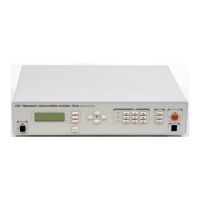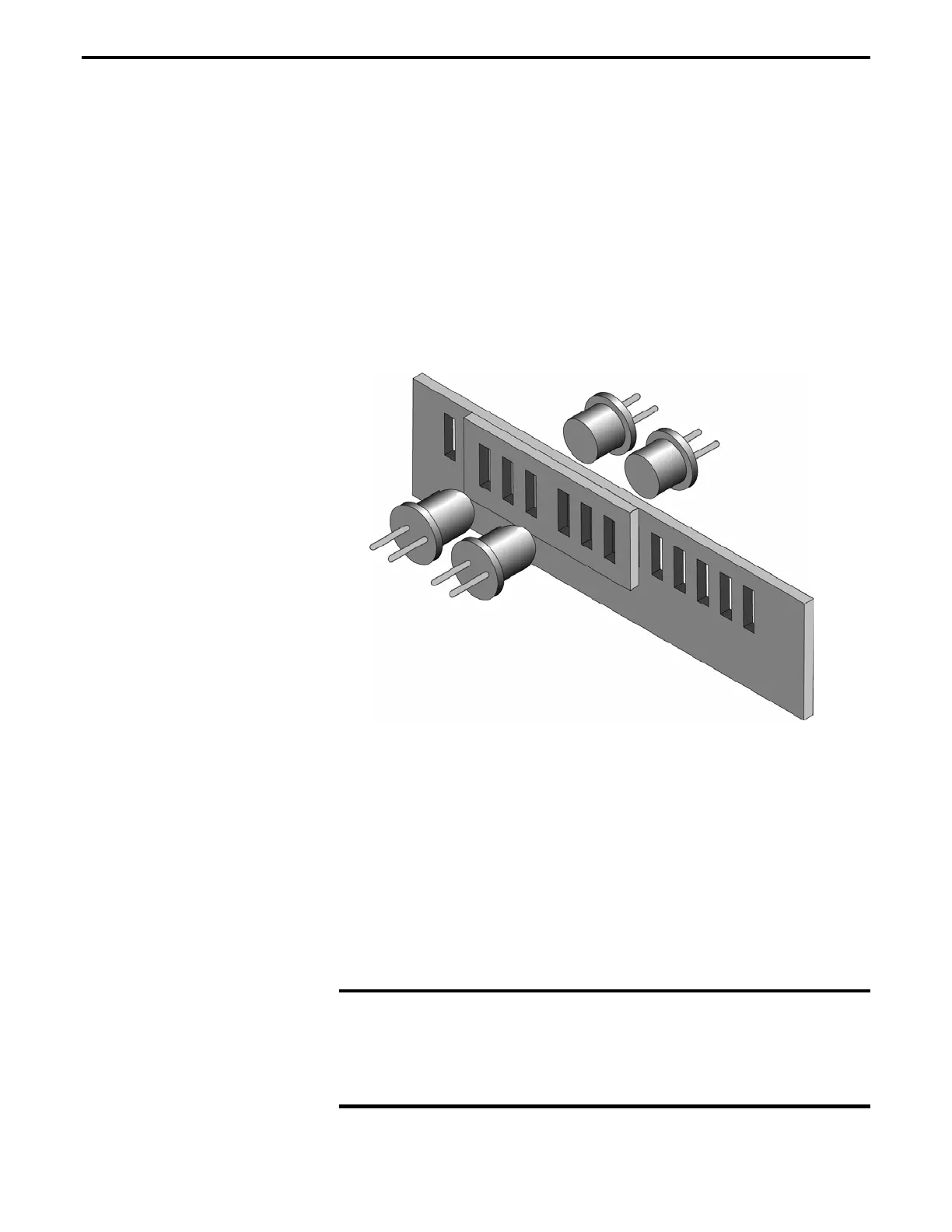There are two basic types of encoders: linear and rotary. The linear
encoders, also called linear scales, are used to measure linear motion
directly. This means that the physical resolution of the scale will be
the actual positioning resolution. This is their main drawback since
technological limitations prevent them from having better resolutions
than a few microns. To get higher resolutions in linear scales, a
special delicate circuitry must be added, called scale interpolator.
Other technologies like interferometry or halography can be used but
they are significantly more expansive and need more space.
Figure 5.30: Two-Channel Optical Encoder Scale and Read Head Assembly
The most popular encoders are rotary. Using gear reduction between
the encoder and the load, significant resolution increases can be
obtained at low cost. But the price paid for this added resolution is
higher backlash.
In some cases, rotary encoders offer high resolution without the
backlash penalty. For instance, a linear translation stage with a rotary
encoder on the lead screw can easily achieve 1 µm resolution with
negligible backlash.
NOTE
For rotary stages, a rotary encoder measures the output angle
directly. In this case, the encoder placed on the rotating platform
has the same advantages and disadvantages of the linear scales.
Section 5 – Motion Control Tutorial 5-25

